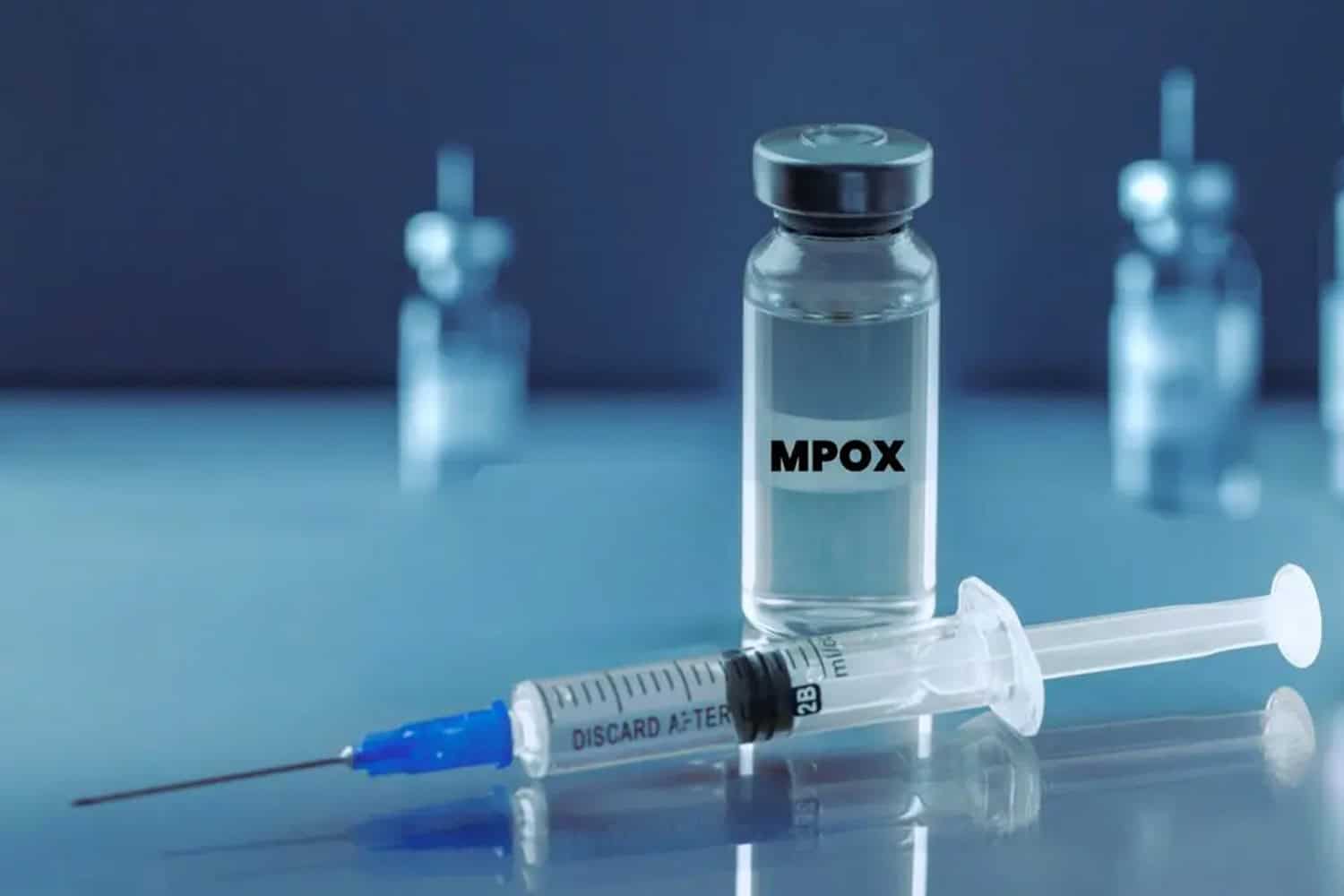Recently, the emergence of mpox (formerly known as monkeypox) has caught many of us off guard. Although mpox itself is not a new disease, its recent visibility has left some to question the connection to its more familiar cousin — the chickenpox.
Despite both being poxes, these two conditions are worlds apart. In this article, we will unravel the intriguing differences between chickenpox and mpox, helping you distinguish between these two distinct viral infections.

A different root cause
Chickenpox is caused by the varicella-zoster virus (VZV), a member of the herpesvirus family, which also causes shingles (herpes zoster). After the initial chickenpox infection, VZV can stay dormant in the body and reactivate later as shingles, particularly in older adults over 50 and those with weakened immune systems.
In contrast, mpox is caused by the mpox virus, which belongs to the same family as the smallpox virus. It is a zoonotic virus that can spread from animals to humans through direct contact with infected animals or their bodily fluids.
Itchy blisters VS Progressing rash and swollen lymph nodes
Patients with chickenpox typically start with symptoms like fever, fatigue, headache, and loss of appetite before developing clusters of itchy, fluid-filled blisters. These blisters usually begin on the face, chest, and back, eventually spreading to other areas. The blisters become scabs, fall off and heal within a week.
Patients with mpox experience fever, chills, headache, muscle aches, and fatigue. A key difference is that mpox causes swollen lymph nodes, which is not seen in chickenpox. Mpox presents with a rash that progresses through several stages—starting as flat spots (macules), then raised bumps (papules), followed by fluid-filled blisters (vesicles), pus-filled blisters (pustules), and finally scabs. This rash often starts on the face and spreads to other body parts, including the palms and soles. Unlike chickenpox, which typically causes a widespread rash across the body, the mpox rash is generally more concentrated on the face and extremities.

Mpox is more severe with higher fatality rates
Chickenpox is usually mild in children but can be much more severe in adults, infants, pregnant women, and people with weakened immune systems. Common complications include bacterial infections of the skin and pneumonia, while more severe cases can lead to brain inflammation (encephalitis) or, in rare instances, death. Later in life, the virus can reactivate as shingles, a painful condition that may result in long-lasting nerve pain called postherpetic neuralgia, even after the rash has healed.
Mpox is generally more severe than chickenpox, with a case fatality rate ranging from one to 10 per cent, depending on the types.
There are two types of Mpox:
- Clade 1
- Clade 2
Clade 1 is more easily transmissible and causes more severe illness and death compared to Clade 2. Common complications include secondary infections, bronchopneumonia, and sepsis. More severe issues, such as encephalitis and corneal infection, can lead to vision loss. The risk is especially higher in children, pregnant women, and those with weakened immune systems.
Chickenpox is more contagious than mpox
Varicella-zoster virus (VZV) spreads primarily through respiratory droplets when an infected person coughs or sneezes. It can also spread through direct contact with the fluid from patients’ blisters. VZV is highly contagious. An infected person can pass it on from one to two days before the rash appears until all the blisters have crusted over.
While also contagious, mpox spreads less easily between people than chickenpox. Mpox virus is transmitted through direct contact with the blood, bodily fluids, or skin lesions of infected animals such as rodents or primates. Human-to-human transmission can happen through respiratory droplets, direct contact with skin lesions, or by touching contaminated materials like bedding.

Don’t underestimate vaccinations
Vaccination is the key to preventing chickenpox. It not only reduces the severity of the disease but also helps prevent shingles later in life. The varicella vaccine effectively protects against chickenpox. Additionally, isolating infected individuals can help stop the spread of the virus.
As for mpox, the smallpox vaccine offers some protection against mpox because the viruses are similar. Specific mpox vaccines have also been developed and are targeted at high-risk groups, such as those with confirmed exposure to the virus or healthcare workers.
Some strategies to prevent mpox include avoiding contact with animals that can harbour the virus, using personal protective equipment (PPE) for healthcare workers, and quarantining infected individuals.
Different treatment focus
Treatment of chickenpox mainly focuses on symptom management. To reduce itching and soothe the skin, antihistamines and calamine lotion are commonly used. Paracetamol or nonsteroidal anti-inflammatory drugs can be helpful for fever and discomfort. In severe cases or for those at high risk, an antiviral medication may be prescribed, especially if given early in the illness.
For mpox, treatment focuses on managing symptoms and providing supportive care. This includes relieving symptoms, ensuring adequate fluid intake, and addressing any secondary bacterial infections that may arise.
A certain antiviral medication originally approved for smallpox, is also used for monkeypox. In severe cases or for those with weakened immune systems, Vaccinia Immune Globulin (VIG) may be administered. The VIG is derived from the blood of individuals vaccinated against smallpox, with antibodies from their blood purified to create this treatment.
Lastly, in severe cases, both mpox and chickenpox may require hospitalisation, especially if complications like pneumonia or encephalitis occur. Although they can appear similar, chickenpox and mpox are caused by different viruses and differ greatly in terms of severity, how they spread, and how they are treated.
Share:
Was this article helpful?
Share:
Was this article helpful?
Health Packages
Elevate your health with tailored health packages at Columbia Asia Hospital. Take charge of your health journey today.
AIA Policyholders Self-pay Benefits
Pink October 2024
From
RM80

